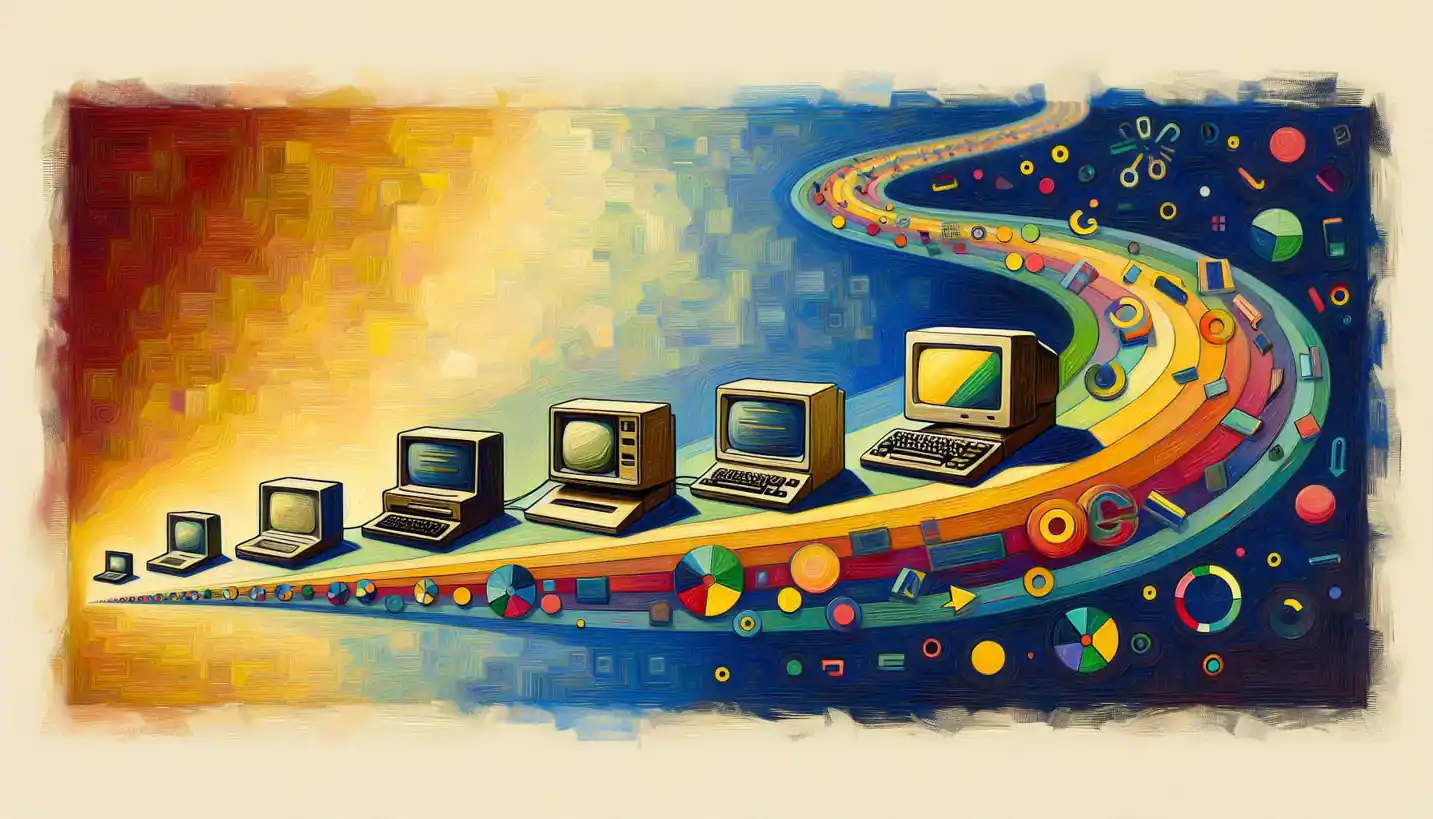· Computer Science · 5 min read
Schrödinger's Cat: A Tale of Quantum Computing and Computer Science
Schrödinger's cat offers a whimsical yet profound insight into quantum mechanics. Unravel this paradox to appreciate its impact on computing theory.

Long ago, in the world of quantum physics, an Austrian scientist named Erwin Schrödinger came up with a thought experiment involving a cat. The idea, known as Schrödinger’s Cat, is as puzzling as it is intriguing, illustrating the weirdness of quantum mechanics. But what if I told you this fascinating paradox also has ties to the burgeoning field of quantum computing and computer science? Let’s dive into this double life of a cat that’s both dead and alive.
The Cat in the Box
Suppose we place an unsuspecting cat in a sealed box along with a radioactive atom. If this atom decays, it triggers a Geiger counter that releases a poison, thus ending the cat’s life. Quantum theory tells us that until we open the box and observe the cat, it exists in a superposition of states—being both dead and alive at the same time. This idea challenges our traditional understanding of reality but is a fundamental concept in quantum physics.
Quantum Superposition and Computing
Now, you might wonder, how does this odd kitty relate to computers? In classical computing, which powers your phone and laptop today, everything boils down to bits. These bits are like tiny light switches that can be either on (1) or off (0).
However, quantum computing is a different story. It uses qubits, which, much like Schrödinger’s cat, can be in both states at once—a 0 and a 1 simultaneously. This phenomenon, known as superposition, allows quantum computers to process vast amounts of information at incredible speeds. Imagine trying to find your way out of a maze. A classical computer would check each path one by one, but a quantum computer could explore all possible paths at once. Impressive, right?
Entanglement: Communication’s Strange Dance
Another bizarre yet powerful quantum property is entanglement. When two qubits become entangled, a change in one qubit instantly influences the other, no matter how far apart they are. If you’ve ever marveled at a magician’s telepathy tricks, entanglement operates in a somewhat similar, albeit much spookier way.
Entanglement plays a significant role in quantum computing by facilitating fast, secure communication between qubits. This allows quantum computers to perform operations with an efficiency that classical computers cannot match. Imagine trying to coordinate a dance routine across separate stages simultaneously—entanglement makes this possible without a hitch.
Why Does This Matter?
So, what’s the big deal about all this? Besides being a quantum wonderland, these concepts have practical implications. Quantum computing has the potential to revolutionize fields like cryptography, optimization, and material science. For instance, it could break codes that protect sensitive information, solve complex logistical problems, or lead to new drug discoveries by simulating molecular interactions more accurately.
The Role of Computer Science
Computer science enters the picture as the bridge connecting abstract quantum mechanics to practical applications. Developing algorithms that harness the power of qubits, managing quantum noise (which can be quite the party crasher), and finding real-world uses are tasks that computer scientists are tackling with gusto. It’s like building a house of cards on a windy day, but with the promise of breakthroughs that could reshape the future.
Peering Into the Quantum Future
The quest for a fully functional quantum computer is ongoing. Companies and researchers worldwide are racing toward breakthroughs that will make these futuristic machines a reality. Google, IBM, and other tech giants are investing heavily, confident that quantum computing will eventually surpass and complement classical computing.
As they experiment, researchers are refining techniques for creating and manipulating qubits, optimizing algorithms, and designing error-correction codes to deal with pesky quantum noise. Each step forward is a leap toward a future where Schrödinger’s cat isn’t just a thought experiment but also a key to unlocking unprecedented computational power.
Unraveling the Enigma: Common Queries
People often ask, how close are we to having a real quantum computer? The answer is that small-scale quantum computers already exist and are being used experimentally to solve specific problems. However, building a large-scale, fault-tolerant quantum machine remains a challenge. It’s a bit like trying to assemble a jumbo jet with paper instructions—complex yet steadily advancing.
A Quantum Leap of Interest
As we ponder the strange world of Schrödinger’s cat, it’s captivating to see how a thought experiment from the 1930s has unwittingly shaped modern technology. Quantum computing at a fundamental level relies on the same principles that made conceptualizing a simultaneously dead and alive cat possible.
So next time you think of Schrödinger’s paradox, remember it’s not just a curious cat in a box but a symbol of technological potential. The quantum realm may seem baffling, but understanding it could open the door to innovations that impact everything from computing to secure communications, promising a future as fascinating as it is unpredictable.
The Infinite Quest
As curiosity fuels our journey through the quantum unknown, remember that the field is ever-evolving. What mysteries will quantum computers unravel next? How will computer science continue to evolve alongside this quantum cat-and-mouse game? The questions are endless, and the pursuit of answers is what’s truly exciting. Quantum computing isn’t just a niche; it’s the frontier of technological exploration—one worth every puzzled moment along the way.



